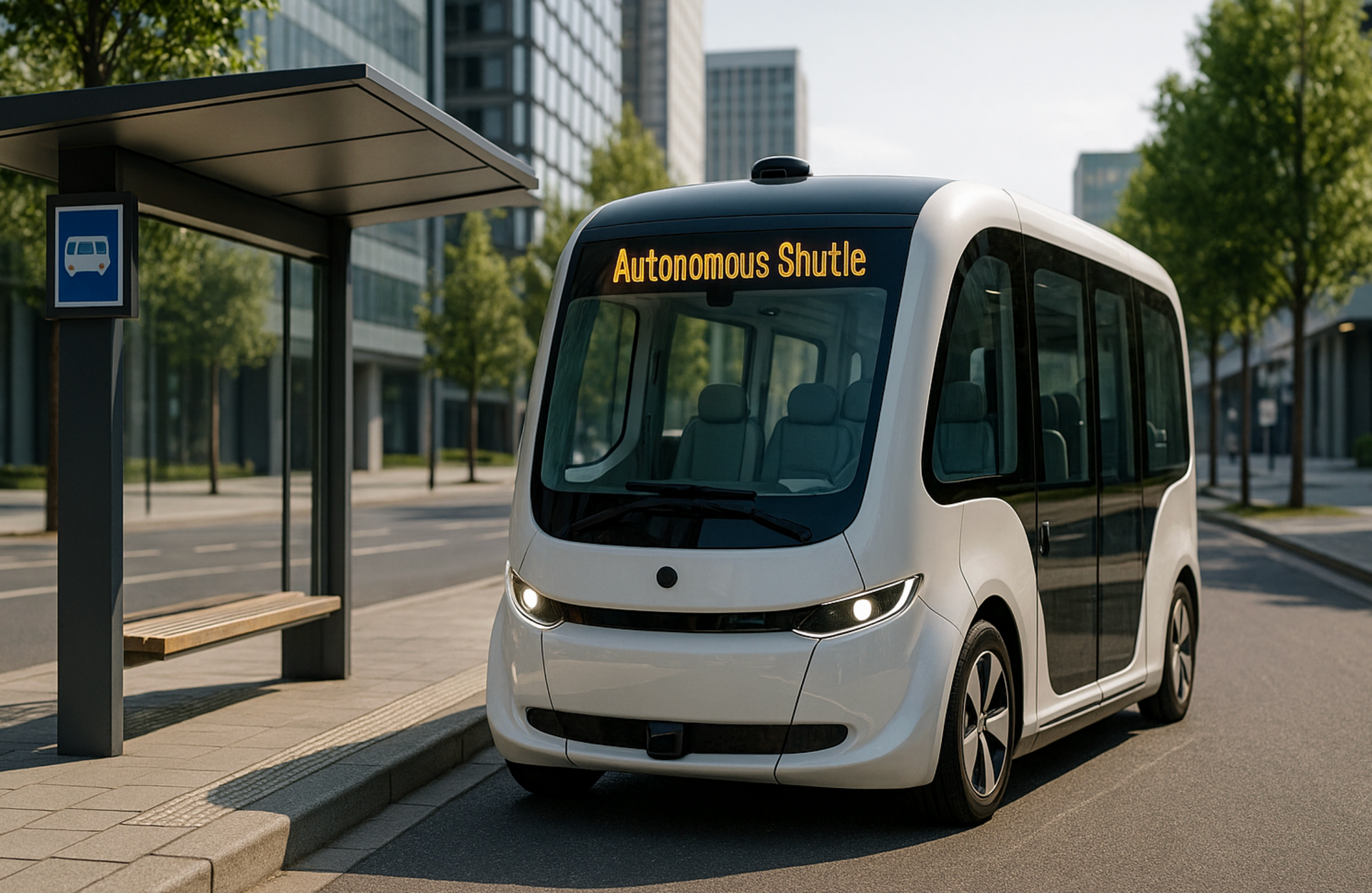Financing the Future: How Asset Finance Supports Autonomous Public Transport
As self-driving vehicles edge closer to real-world deployment, the UK transport landscape is preparing for a shift. Autonomous public transport is no longer a futuristic concept but a near-term reality. Across the country, pilot schemes for autonomous shuttles and buses are demonstrating real potential to reshape how people move in both urban and rural areas.
But while the technology is progressing rapidly, the financing models that underpin these advances must also evolve.
Why Funding Is a Barrier to Progress
Autonomous vehicles (AVs) and supporting systems are expensive. Whether you're purchasing a single self-driving shuttle or an entire autonomous fleet, the upfront capital outlay is significant. Traditional grants and public funds may support pilot phases, but they rarely cover long-term scaling.
That’s where asset finance steps in.
What Is Asset Finance?
Asset finance allows businesses and organisations to spread the cost of acquiring high-value assets. Instead of paying for a vehicle, software system, or infrastructure upgrade outright, you can lease it or pay in instalments over time.
This is particularly valuable when investing in fast-evolving technology.
Autonomous Transport: What Needs Financing?
- Self-driving shuttle vehicles and autonomous buses
- Lidar sensors, navigation hardware, and control systems
- Centralised fleet management software
- Maintenance and safety infrastructure
- Electric charging or hydrogen refuelling systems
In many pilot areas, councils and mobility developers need the ability to scale trials without locking up large amounts of capital. Financing allows this flexibility.
Case Studies: Early Adopters
Cambridge, Sunderland, and other local authorities are already testing AVs in defined areas. In some regions, self-driving passenger services are being trialled in innovation zones and university campuses.
These types of projects require:
- Low-speed, safe, and repeatable public transport systems
- Collaboration between public and private sector actors
- A willingness to trial and iterate
At Avro Finance, we help project leaders turn a small-scale demo into a sustainable transport solution through structured finance plans.
Flexible Finance for Autonomous Fleets
We offer:
- Hire Purchase – take ownership at the end of the finance term
- Finance Lease – operate the asset while keeping flexibility
- Refinancing – unlock value from existing transport assets
Each project is different. We help you structure funding around growth milestones or evolving tech stacks.
Ready to discuss autonomous fleet finance?
Contact our team to learn more.
You might also like






